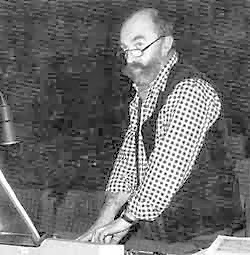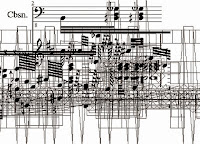"If an event is to occur, it must take the other side of each rule, a passivity. It must come across an exposed vulnerability. "(Derrida)
Johannes' minutely detailed score once again locates the most abstract limits of a concept in the most idiosyncratic material details of a music. 'A' music. An 'Audioguide'.
Kreidler may scrutinize an ostensibly blank sheet of manuscript paper for its inevitable imperfections and irregularities, looking for chromatic variations or loci of acute notational relief, then marking a predetermined number of the minuscule blemishes in his mind.
But "Audioguide" has no part of this.
Johannes Kreidler's "Audioguide". Let's start here...one of the most profound acts of music from 2014. When we speak of radical disruption; an honest shift in constative change, we start with Audioguide. ...an elegiac Dionysian melodrama. https://www.youtube.com/watch?v=VU0Oli7PnqY
https://www.youtube.com/watch?v=gMOLpa_lrLw
https://www.youtube.com/watch?v=mq91l6TGoAU
https://www.youtube.com/watch?v=fuYj-nnfHsg













